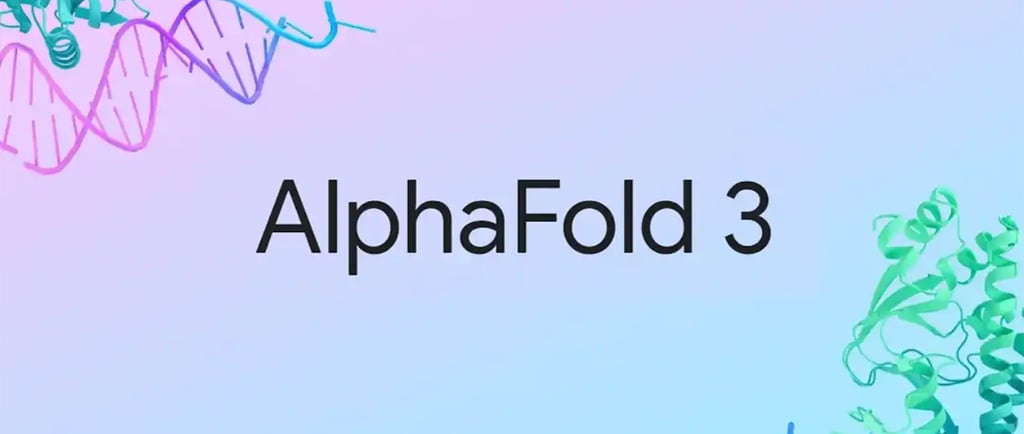AlphaFold 3 moves from “proteins” to interactions — and why community labels matter
When AlphaFold 3 blurred the boundary between folding and function, it opened new space for human insight. This post explores how The Dark Protein Project extends AF3’s capabilities: turning algorithmic “maybes” into functional understanding through community-driven pocket and binding-site annotation.
Shawnak Shivakumar
6/12/20241 min read


When DeepMind and Isomorphic Labs unveiled AlphaFold 3, it was a leap into structural complexes: proteins with DNA/RNA, small molecules, ions, and modified residues. That shift changes how we explore the dark proteome. Instead of asking “what does this protein look like?”, AF3 helps ask “what does it bind, and how?” Nature
For The Dark Protein Project, this is huge. AF3’s diffusion architecture can propose plausible docked complexes, but its confidence varies across chemotypes and pockets. That’s where our community shines: human pattern recognition on binding pockets, surface chemistry, and conformational quirks: the messy edge cases where algorithms still need guidance. Our annotators turn uncertain predictions into curated training examples, making downstream models and heuristics more reliable for the next round of inference. (Think of it as translating AF3’s “maybe” into a dataset of “likely.”)
If you’ve been labeling catalytic residues or pocket entrances in our Level 1 sets, you’re already helping connect AF3’s interaction maps to functional hypotheses a biologist can actually test. The frontier now isn’t just folding, it’s now function. And function starts with binding.
Contact
shawnak@darkprotein.org
shawnak.shivakumar@gmail.com
